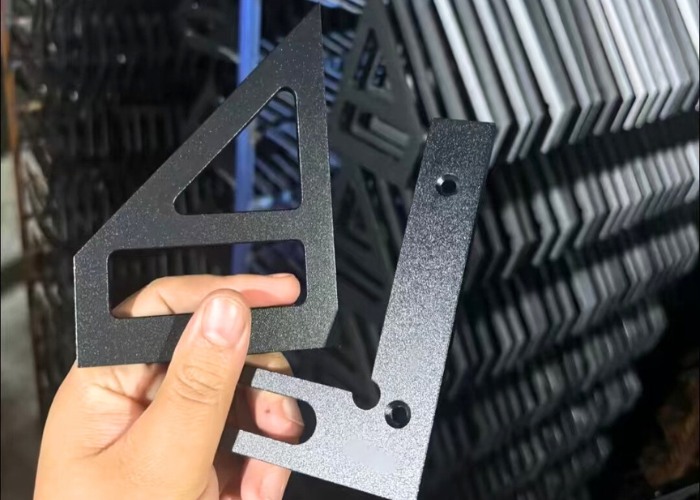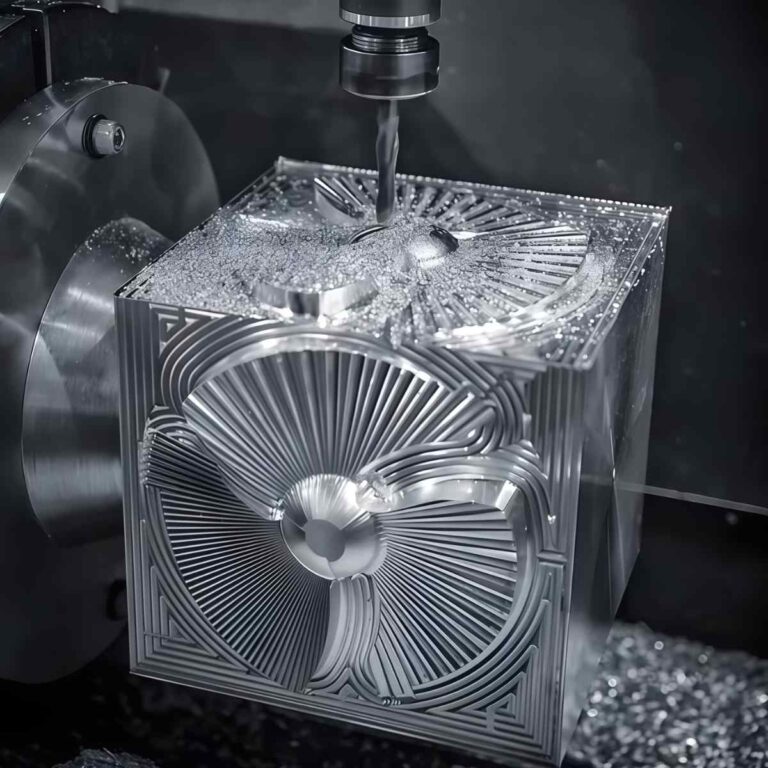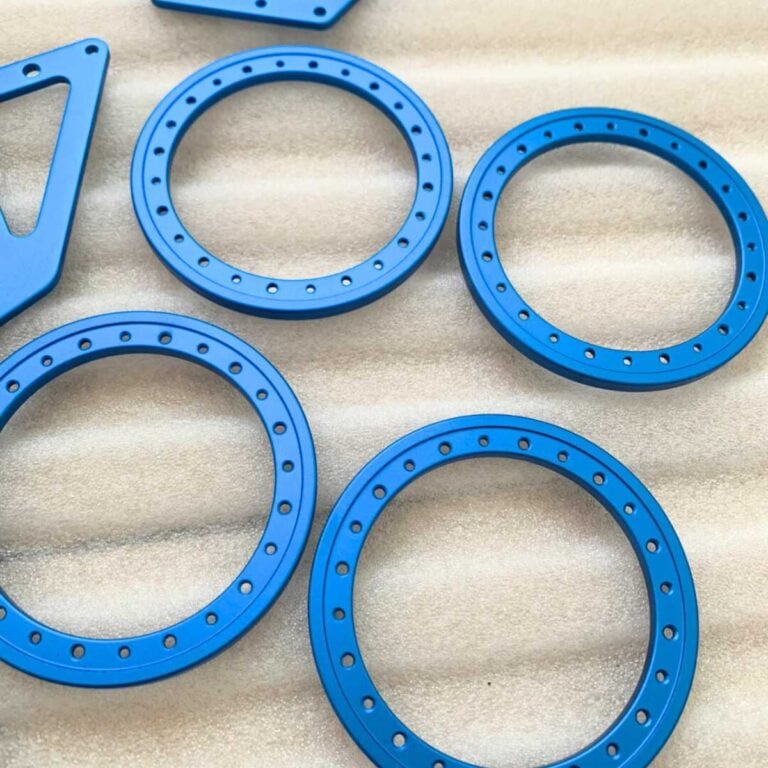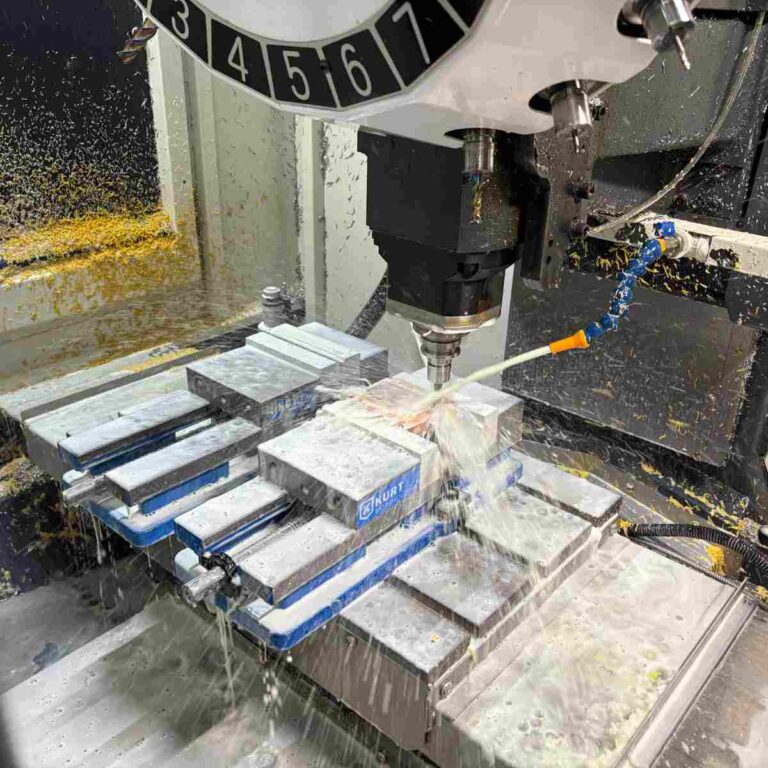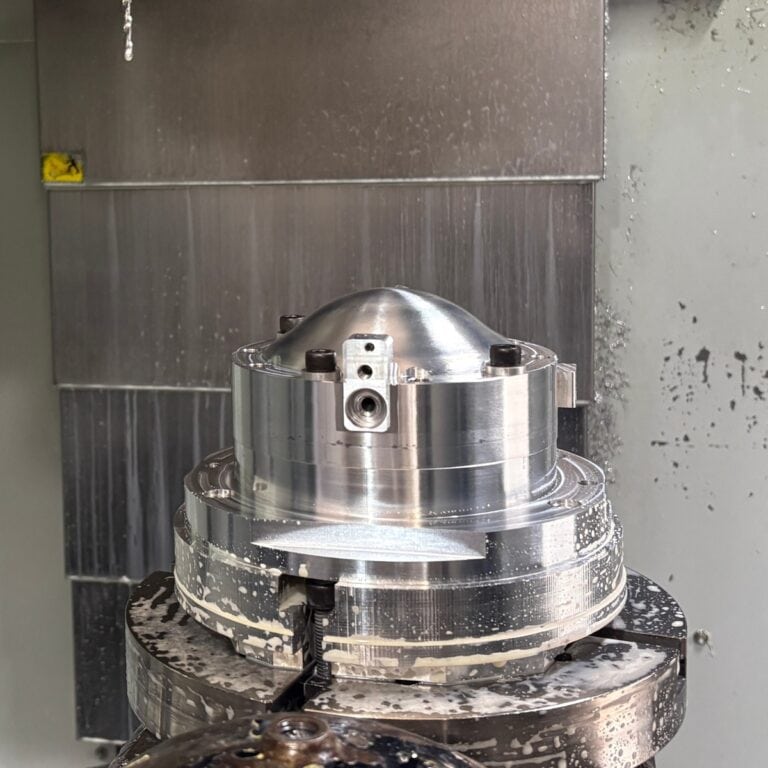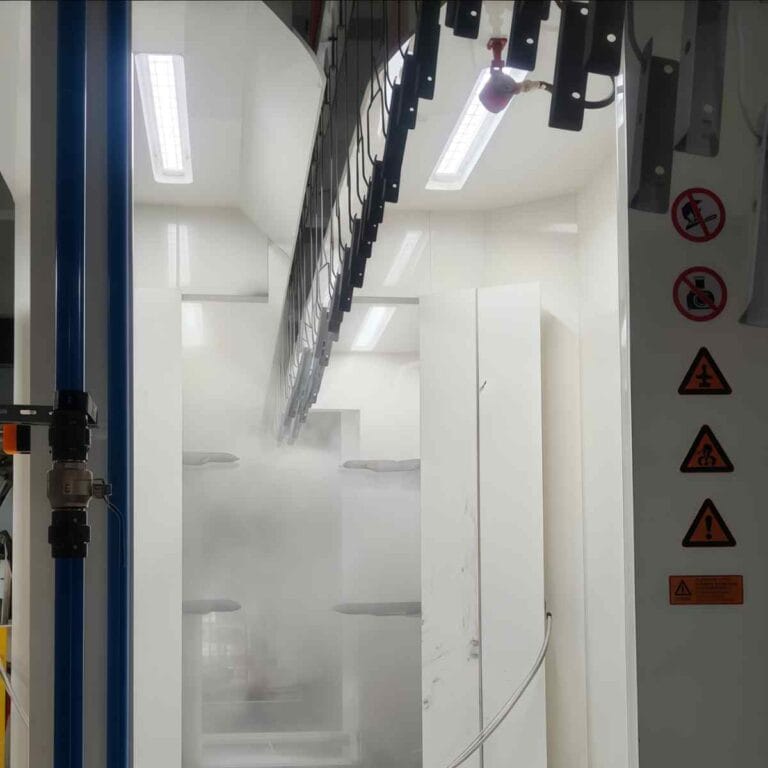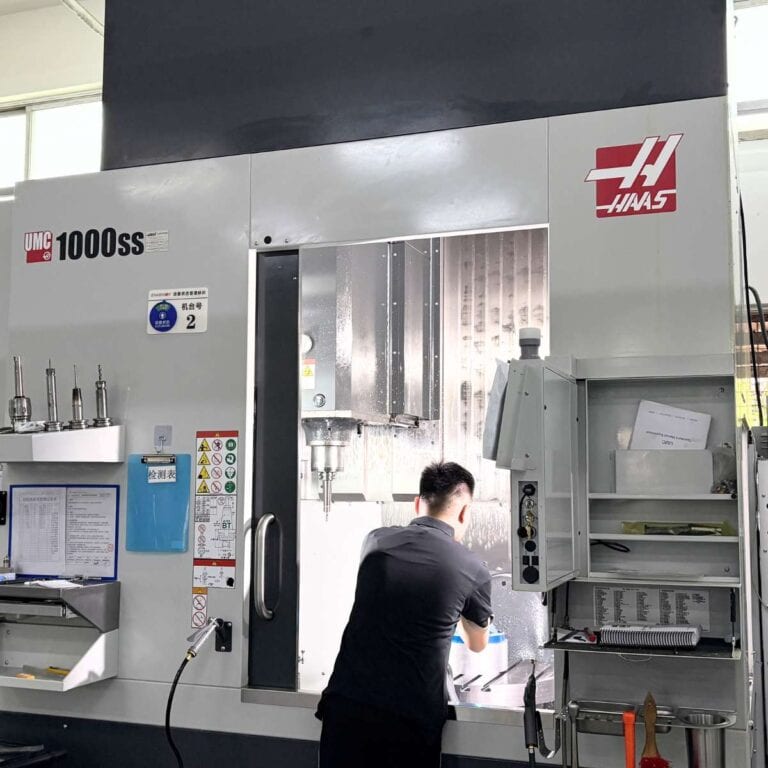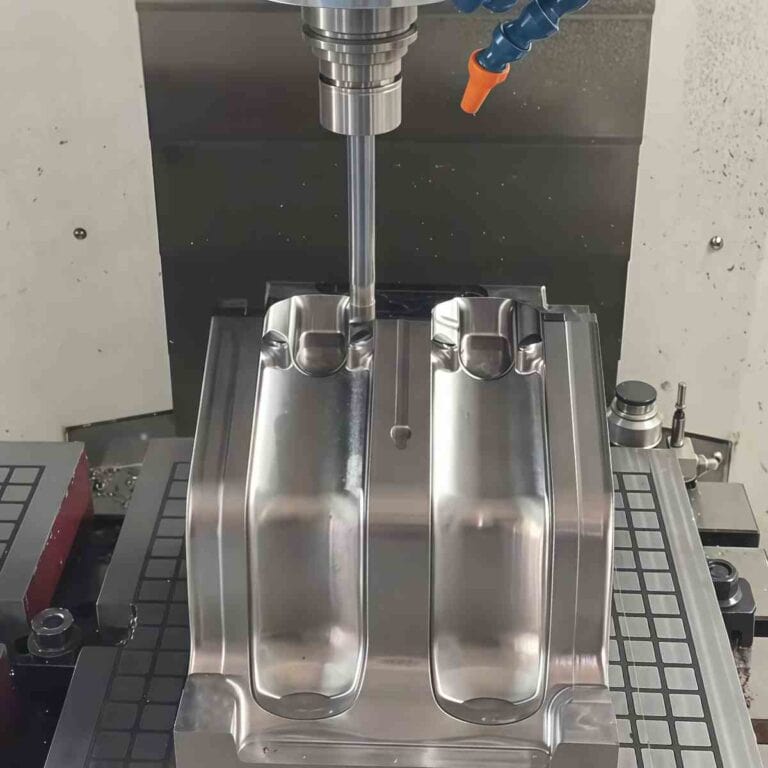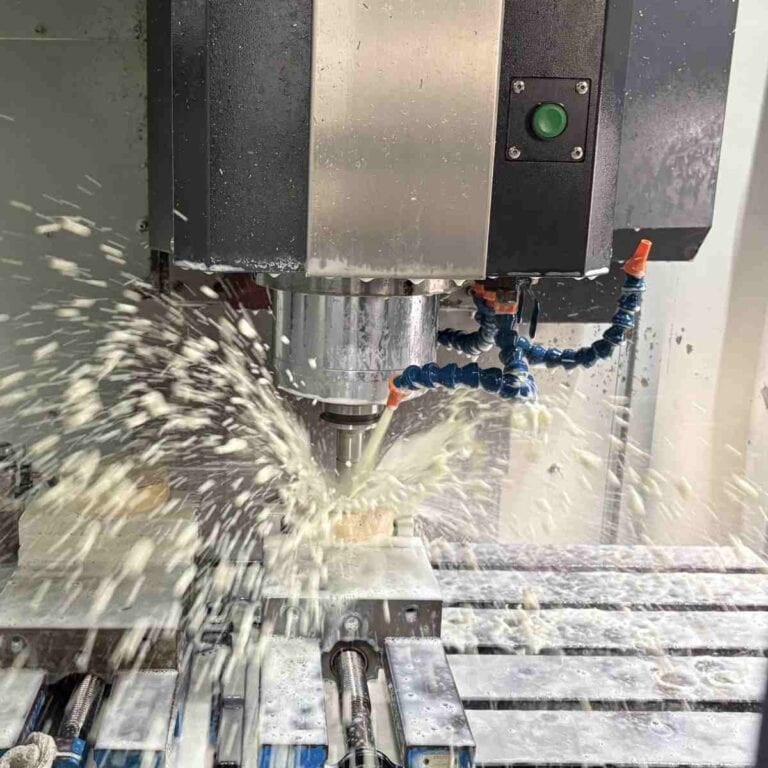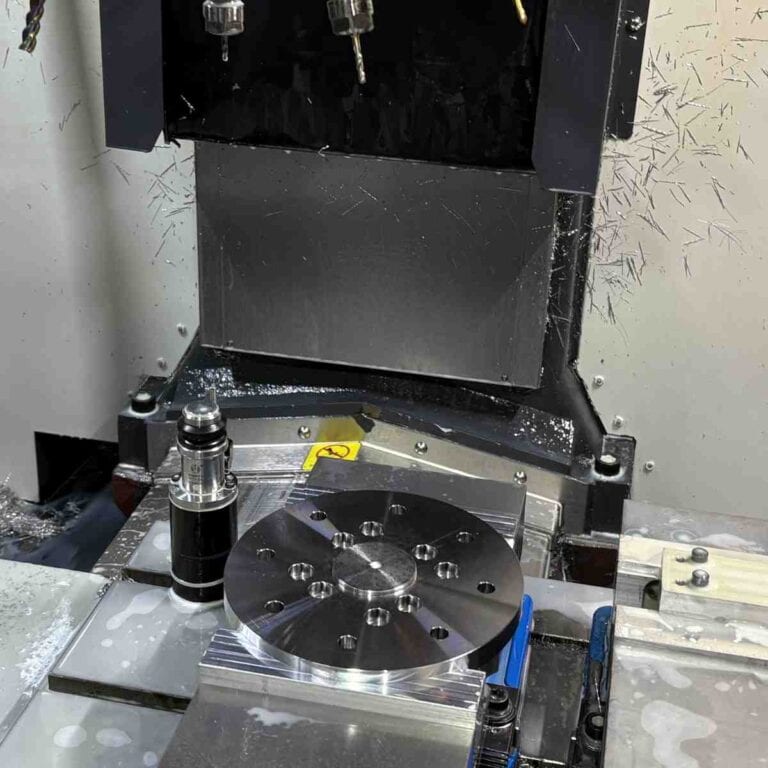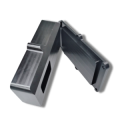What is Stainless Steel
Stainless steel is an alloy material mainly composed of iron, chromium and nickel. The addition of chromium is key, as it forms a protective oxide layer on the surface of the steel to prevent corrosion and rust, thereby enhancing the durability and corrosion resistance of stainless steel.
Depending on the specific application and needs, stainless steel can also contain other elements such as molybdenum, titanium and nitrogen to further improve its properties. Stainless steel is widely used in various industries, including construction, food processing, medical equipment and marine engineering, and is highly valued for its excellent corrosion resistance, strength and aesthetics.
Comparison of The Advantages of 306 and 304 Stainless Steel
| project | 304 stainless steel advantages | 316 Stainless Steel Advantages |
| Corrosion resistance | Atmospheric corrosion resistance , chemical corrosion resistance | Molybdenum element added to enhance corrosion resistance
Suitable for marine equipment, chemical processing and pharmaceutical manufacturing |
| Forming and welding properties | Easy to shape, suitable for complex processing
Excellent welding performance, not easy to crack during welding |
Good welding performance, especially reducing carbide precipitation and improving corrosion resistance |
| High strength and toughness | High strength : can withstand greater mechanical stress
High toughness : can maintain good mechanical properties in low and high temperature environments |
High temperature strength : Maintain mechanical strength in high temperature environments
Oxidation resistance : suitable for high temperature applications |
| Affordable | Low cost, suitable for projects with limited budget
Cost-effective for applications that do not require extremely high corrosion resistance |
Although the price is higher, it is more cost-effective in long-term use and suitable for harsh environments |
| Wide range of applications | Household appliances: refrigerators, dishwashers
Building decoration: elevators, handrails Food processing equipment , chemical containers , automotive parts , medical equipment |
Wider applications: marine equipment, chemical processing, pharmaceutical manufacturing, food processing Pharmaceutical applications: ensuring the purity and safety of food and medicine |
| Pitting and crevice corrosion resistance | none | Pitting resistance : Excellent performance in saltwater and chloride-containing environments
Crevice corrosion resistance : suitable for marine engineering and chemical processing equipment |
| Non-reactive | none | Food safety : does not react with food, drugs and chemicals, ensuring product purity
Pharmaceutical applications : Suitable for production environments with high hygiene requirements |
How to Choose Between 304 and 316
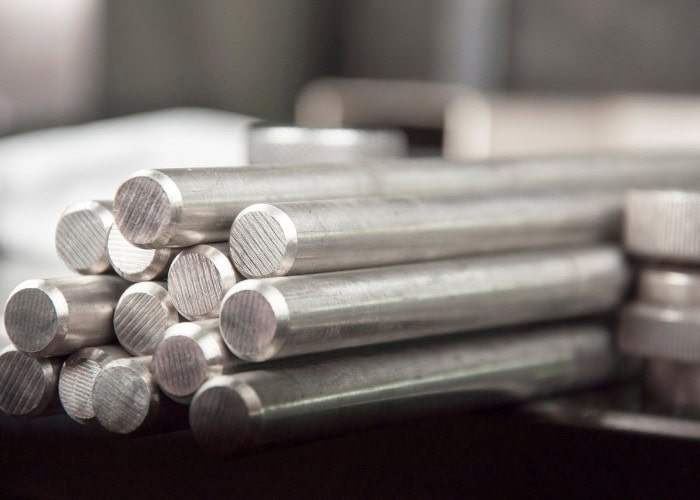
1. Consider the corrosive environment
304 stainless steel: has good corrosion resistance in general atmospheric environments and many corrosive chemicals, but is susceptible to pitting and crevice corrosion in high chloride and marine environments.
316 stainless steel: Due to the 2-3% molybdenum element, 316 stainless steel performs well in chloride environments and marine environments, and has excellent resistance to pitting and crevice corrosion. It is suitable for applications that require high corrosion resistance, such as ship equipment, marine structures, and seawater pipelines.
Selection suggestion: If your application environment contains high concentrations of chlorides (such as seawater, chlorine-containing disinfectants or industrial salt spray), or needs to be used in a marine environment, it is recommended to choose 316 stainless steel to ensure the durability and reliability of the material.
2. Consider the cost
304 Stainless Steel: 304 stainless steel is a lower cost material than 316 stainless steel, making it an economical material choice. It is suitable for applications that do not require extremely high corrosion resistance.
316 Stainless Steel: Due to the addition of molybdenum, 316 stainless steel is approximately 40% more expensive than 304. However, in certain applications, despite the higher initial cost, its greater corrosion resistance and long service life can provide long-term cost benefits by reducing maintenance and replacement costs.
Selection suggestion: If the project budget is limited and the application environment does not involve highly corrosive conditions, 304 stainless steel is a cost-effective choice. If the application environment is harsh and the long life and low maintenance cost of the material have an important impact on the overall cost-effectiveness of the project, it is recommended to invest in 316 stainless steel.
FAQs
1.What are the main differences between 304 and 316 stainless steel?
316 stainless steel contains 2-3% molybdenum, which has stronger corrosion resistance and is especially suitable for high chloride and marine environments.
2.Why is 316 stainless steel more expensive than 304 stainless steel?
316 stainless steel contains more nickel and molybdenum, which improves corrosion resistance and high-temperature performance, but also increases cost.
3.Can 304 and 316 stainless steel be used interchangeably?
In the absence of high chloride and extremely corrosive environments, 304 can replace 316, but 316 should be selected in highly corrosive environments.
Conclusion
Whether it is 304 or 316 stainless steel, each has its own unique advantages and applicable environments. For general use, 304 stainless steel is a cost-effective choice, while in harsh environments, 316 stainless steel provides more excellent corrosion resistance and mechanical strength.
By understanding their characteristics and applications, you can choose the most suitable stainless steel material according to your specific needs to ensure the long-term durability and cost-effectiveness of your project.

